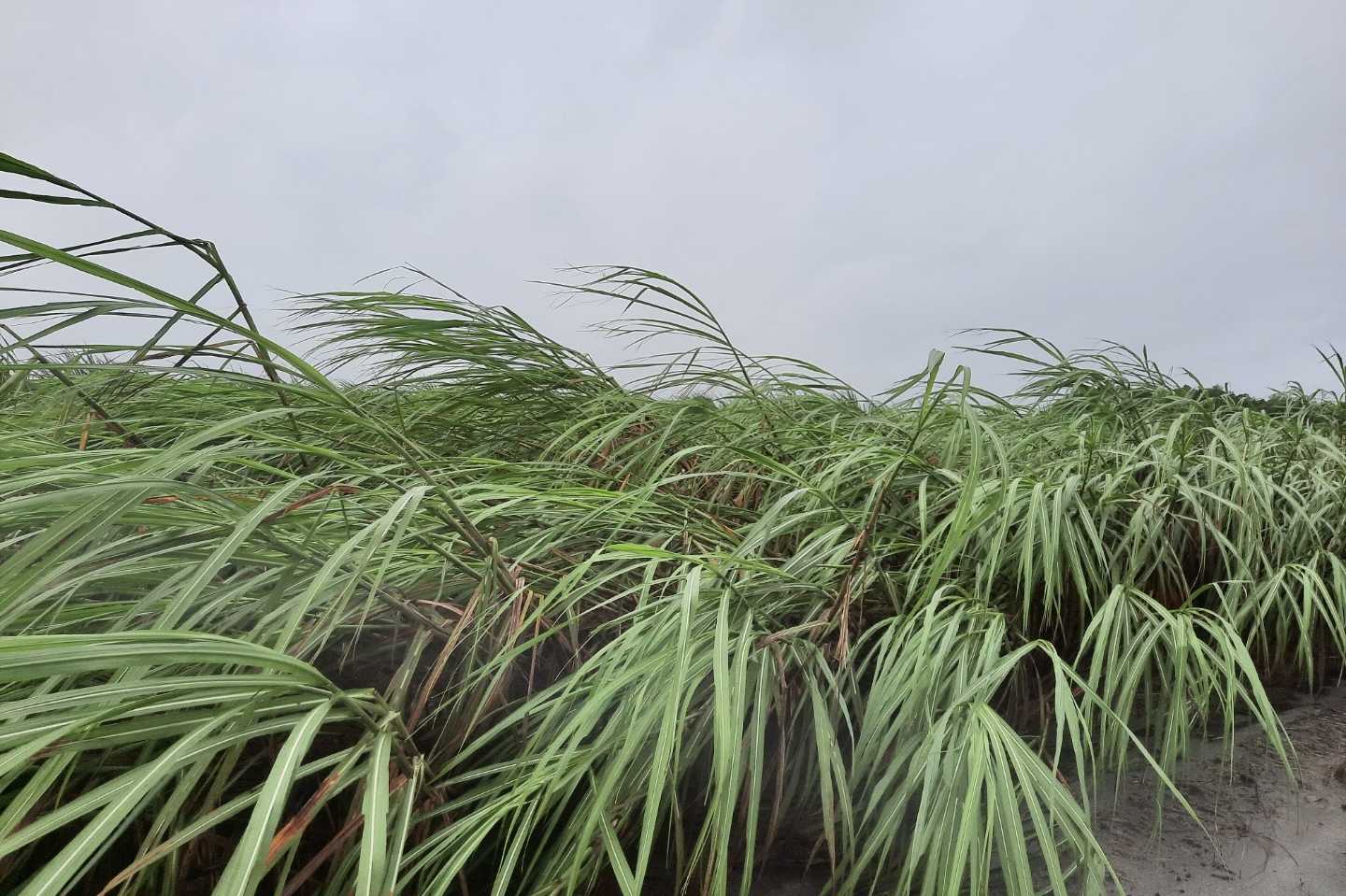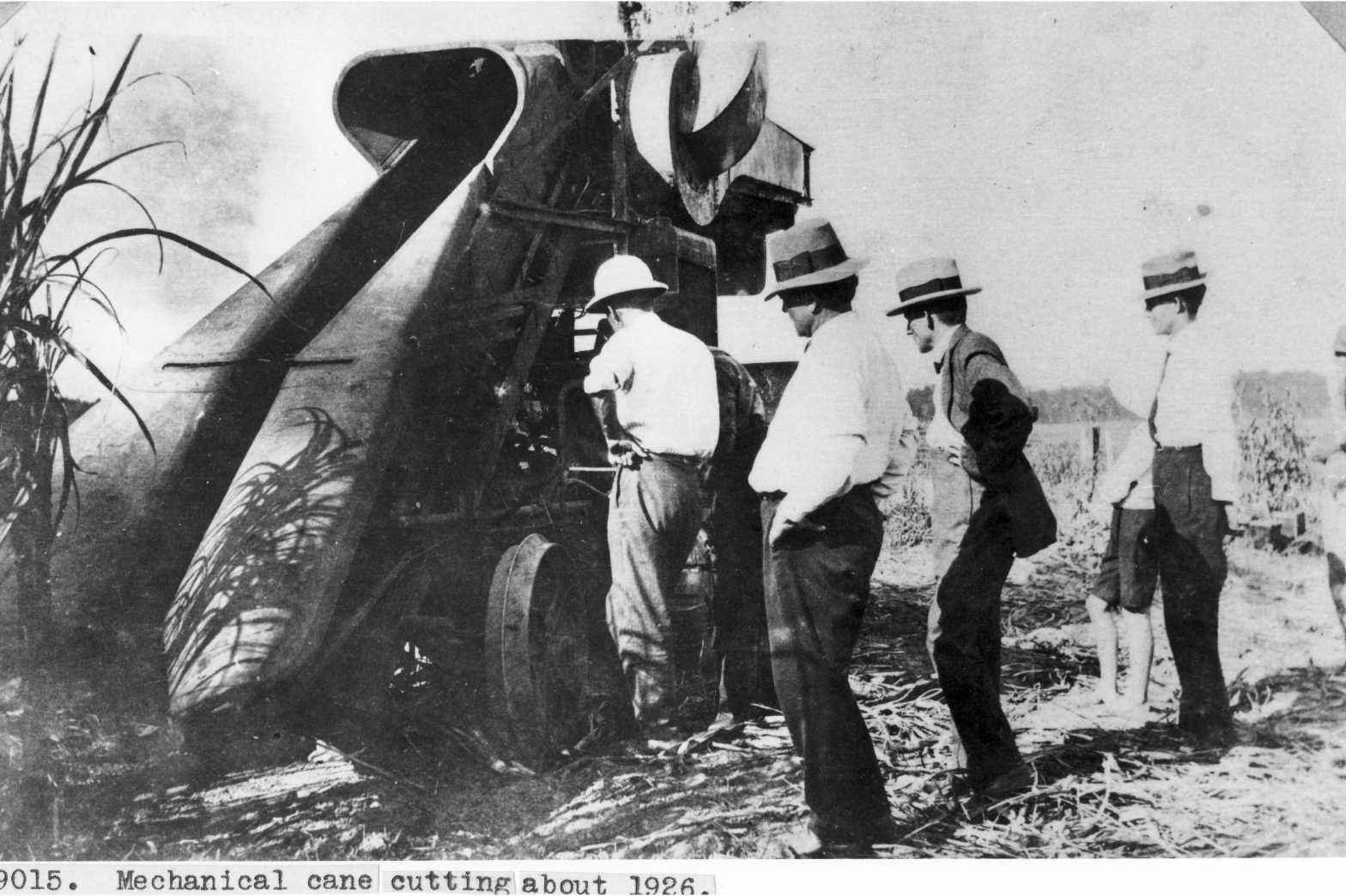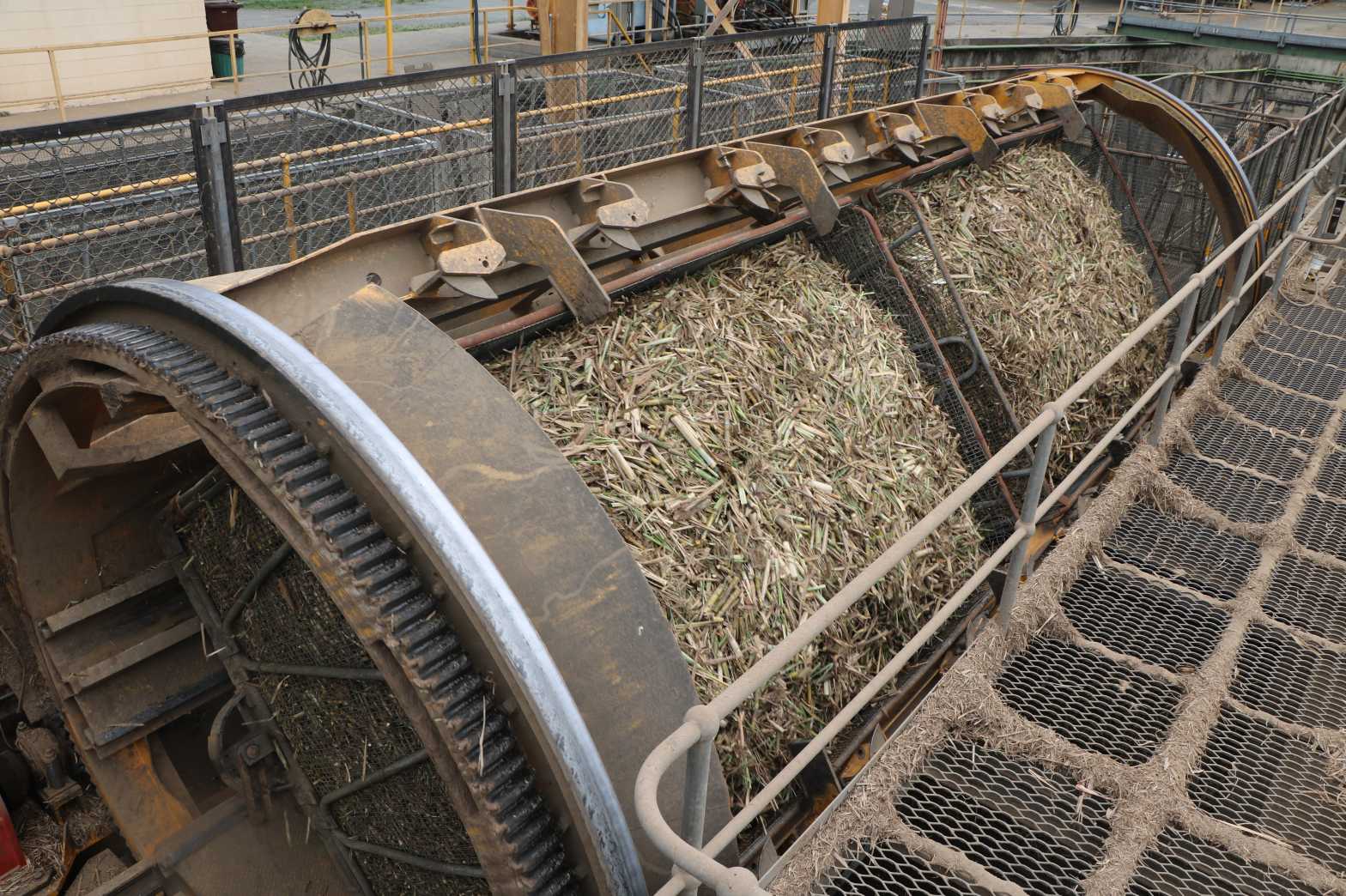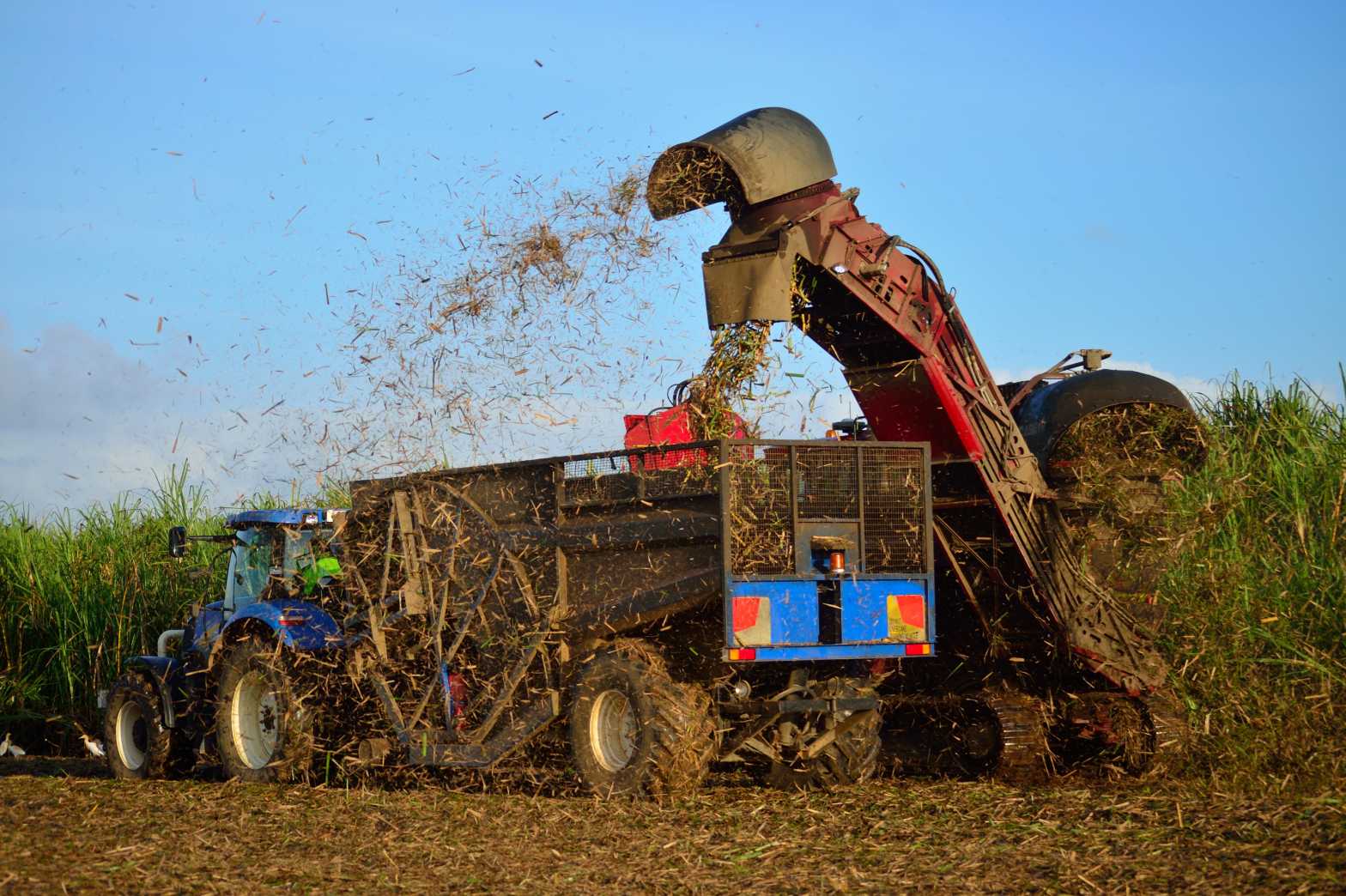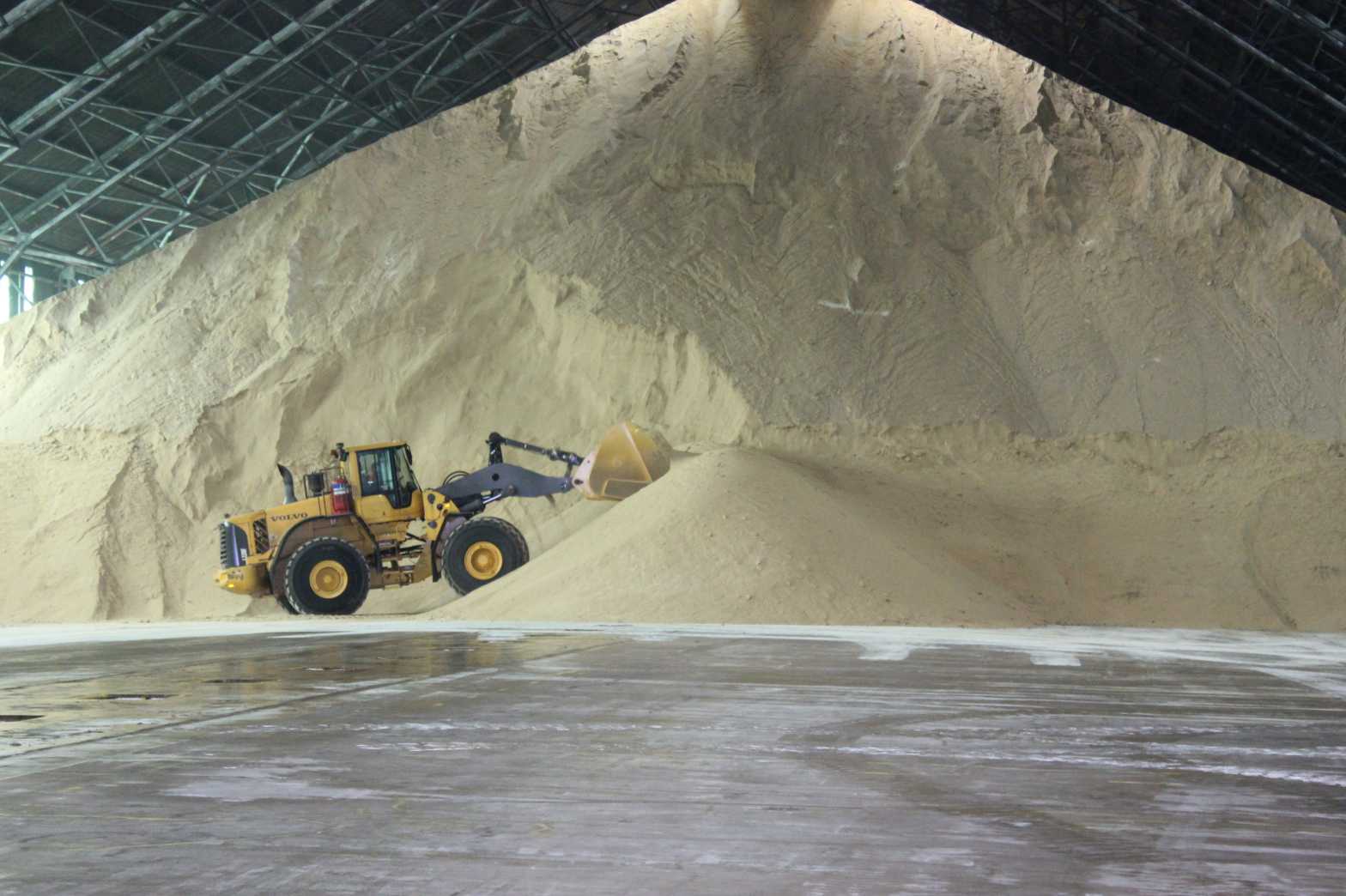We’re almost three months into the 2023 sugarcane crush and the big dry that our weather gurus predicted has yet to materialise.
In fact, it’s been unseasonably wet in many districts over the past two months and as a result the harvest is weeks behind schedule, especially in some of our northern regions.
Of course, an extended El Nino also has major downsides, such as droughts, increased irrigation costs, reduced yield, to name but a few. But a little dry weather over the next few months would be most welcome for growers as they struggle to get their crops off and take advantage of the current high world sugar price.
Rain stoppages also have the knock-on effect of delaying planting operations for next year’s crop, meaning the cane will have less growing time, resulting in lower yields.
Growers had been optimistic heading into the season, with skyrocketing sugar prices and predictions of a dry harvest period promising some good returns – the best for many years, in fact.
But as the rain keeps falling, so does this optimism, which is steadily giving way to anxiety that we’ll see a repeat of last year, when crushing continued well into January and around one million tonnes of cane were left unharvested in the paddock.
Hopefully, the predicted dry weather arrives soon and we can get stuck into this year’s harvest in earnest.
On a lighter note, it has been fantastic to see thousands of visitors of all ages getting a little taste of cane country at this year’s Ekka in Brisbane.
The sugarcane stand is even bigger and better than last year and has been included in the Ekka’s Learning Trail, which has seen hundreds of school kids, their teachers and often their parents too, coming through the stand and getting a better understanding of the industry.
It’s amazing to learn that many visitors have no idea that there even is a sugarcane industry in Queensland, and those that do often have a limited understanding of the importance of the industry to regional areas and the Queensland economy.
Staff working on the stand have been busy setting this right, sharing positive stories about the industry’s rich and wonderful history, and our bright future as a cornerstone of Australia’s bioeconomy.
These stories have been met with curiosity and enthusiasm from visitors, who universally come away with a more positive picture of our industry.
